Fertilizers play a crucial role in enhancing soil fertility and promoting it so that all fertilizers are equal. Among the various types available, high-nitrogen fertilizers stand out due to their significant impact on plant development, particularly during the vegetative stages. This blog explores the characteristics of nitrogen-rich fertilizers, their applications, and the benefits they provide to different plants. By understanding the role of nitrogen in agriculture and gardening, readers will gain insight into how to effectively utilize these fertilizers to achieve lush, healthy growth in their gardens or crops. Whether you are a seasoned gardener or a novice, this guide will equip you with the knowledge to make informed choices regarding high-nitrogen fertilizers.
What is a High Nitrogen fertilizer?
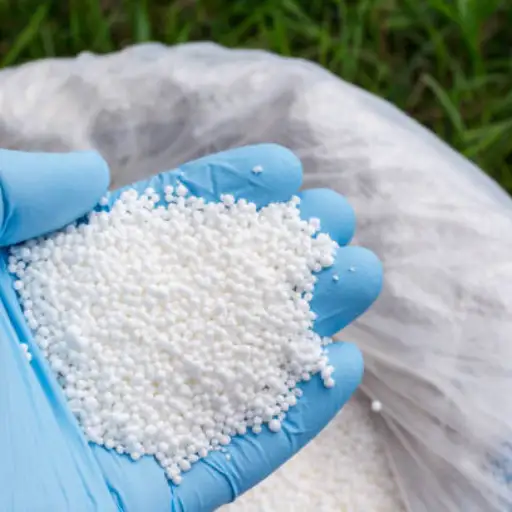
Why is It Important to Know the Nitrogen Content of Fertilizers?
High-nitrogen fertilizers are defined as fertilizers that contain a higher nitrogen ratio of phosphorus and potassium than ordinary ones. Nitrogen is a vital macronutrient that assists plants in several physiological activities, such as photosynthesis and protein production and promoting plant growth. Depending on the nitrogen percentage of a compound fertilizer, it is classified as high nitrogen if the nitrogen content is 20% and above. These fertilizers are composed in several ways, such as ammonium nitrate, urea, anUrealcium uranium nitrate, among others, offering various methods and release rates. An excellent high-nitrogen fertilizer can allow a gardener or a farmer to high-nitrogen the crop only when it matters and to sustain the overall plant health, mainly in periods of intensive growth.
Which are the High Nitrogen Flizers Available
- Ammonium Nitrate: This is the highest nitrogen fertilizer, with a nitrogen content of about 34%. It is the most active among the ammonium fertilizers. This implies that nitrogen can be absorbed quickly upon its introduction into the soil, making it suitable for use in cases where crops need fast-acting fertilizers.
- Urea: Urea is another non-volatile high-nitrogen fertilizer, with a nitrogen content of about 46%. It is a very effective nitrogen source that can be administered via several routes and is more concentrated than ammonium-based fertilizers. Soil bacteria need to transform into ammonium for plant uptake, which can promote a healthy soil environment if the treatment is done right.
- Calcium Ammonium Nitrate (CAN): This fertilizer provides calcium and ammonium nitrate, which usually has around 27% nitrogen. CAN provides a quick N supply, enhances soil structure, and provides N in the form of calcium, contributing to plant health.
When duly applied in gardening and farming, these fertilizers are essential to plant development and agricultural productivity.
Why is Nitrogen Important for Plant Growth
Nitrogen is an essential plant nutrient since it is a primary constituent of amino acids, proteins, and nucleic acids. It conserves biomolecules and performs numerous vital functions in every cell. It largely contributes to the support of shoot proliferation, photosynthetic enhancement, and biomass accumulation. Sufficient nitrogen content brings greener and leafier tips that are imperative in capturing sunlight and providing the necessary energy for synthesis. Also, nitrogen is an essential element in the formation of chlorophyll, which causes the green layers of plants to become green, aiding them in converting sunlight into chemical energy. On the other hand, if there is nitrogen deficiency in plants, growth retardation, yellowing of leaves, and low yield are likely. Nitrogen is, therefore, critical to attaining healthy crops and healthy growth of plants.
What Are the Best Sources of Nitrogen for Lawns?
Sources of Organic Nitrogen: The Nature’s Way
Organic nature’s sources are the best for adding fertility to the soil and nurturing a lawn in an eco-friendly manner. Some of the best organic options are Nature’s. Thes. The Nature’scomposite compost: The application of well-rotted compost into the soil augments, valorizes valorous, and repositions positions numerous other nutrients and beneficial microbes that restore soil fertility. Blood Meal: This is an organic fertilizer nitrogen supplement in rough powder form made from dried animal blood with a rate of 12-15% nitrogen. It works well for fast green-up of grasses. Alfalfa Meal: This is also a plant-derived um dos mozzarella, which consists of about two to three amounts of nitrogen and some micronutrients. It contains urea, whUreaenhancUreaicroorganisms and further promotes the sulfate ammonium available in the humus. These organic sources can be used as grass stimulants while at the same time encouraging good gardening practices.
Blood Meal vs Urea: Which One is Superior?
Blood meal and urea strUreasome creations when it comes to being nitrogen sources, and each performs a specific role effectively. Blood meal can serve as an organic nitrogen source as it releases nitrogen to the plants for a more extended period, which is advantageous to the growth of plants and their maintenance of healthy soils. Its organic character improves the soil structure and microbial activities, making it favorable to eco-friendly gardeners. On the other hand, Urea is UreanorganUrearoad spectrum nitrogen fertilizer which is said to work within a short period, this makes it practical for situations that require nitrogen urgently. Nonetheless, urea nitrogen can get lost due to volatilization if the urea fertilizer is not buried adequately in the soil. Blood meal and urea have sUreability depending on the individual’s gardeniindividual’scases where plant health and sustainability principles should be considered, blood meal is the natural choice, whereas urea is Ureavidual when plants have to show rapid results.
An Overview of the Two Options: Liquid Fertilizers vs Granular Fertilizers
Liquid and granular fertilizers have pros and cons, which you need to weigh carefully when choosing. Rapidly available nutrients are the significant benefits of liquid fertilizers, making them effective in quickly supplementing deficient plants. These nutrients also penetrate the soil well, aiding in fertilizing efficiency since it can be done through foliar fertilizer application. This form is usually used for urgent applications and growing plants in pots. Granular fertilizers guarantee the plants’ slow provisiplants’utrients over a certain period. Activation of these nutrients is achievable in the presence of water. While it limits the applications to a few allotments, nourishment may take an extended period before being effective. It should, however, be noted that while liquid options offer immediate results, granular fertilizers provide excellent support for soil’s long-term viability. Hence, both fertilizers have benefits based on the garden’s requirements.
How to Apply High Nitrogen Fertilizer Effectsoil’s
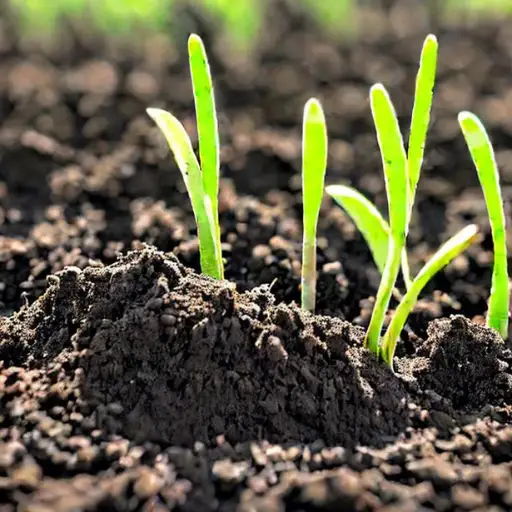
Best PrEffectsoil’sApplication Timing
When using a high-nitrogen fertilizer, the correct application timing is necessary to increase effectiveness while reducing possible plant and environmental damage. Preferably, the application time would fall when plants are actively growing, usually in early spring or autumn when the weather is not extremely hot or moist. It is best to apply nitrogenous fertilizers after the rain or irrigation so that the nutrients go straight to the soil and do not evaporate.
Further, nitrogen fertilizers can be applied in small quantities at close intervals. This prevents the loss of nutrients through surface runoff while ensuring the plants have a regular nitrogen supply. Monitoring soil moisture levels is critical—avoid applying during drought or heavy rains to prevent leaching. Finally, soil moisture level monitoring helps determine when and how much fertilizer to use, optimizing plant growth and protecting the soil.
Applying Adequate Fertilizer
The application rate of the high nitrogen fertilizer should be determined by first evaluating the plants’ requirements and the soil’s current nutrisoil content. A nutrient-rich soil test can help one understand the soil condition and the amount of nitrogen present. However, as a standing guide, it is usually suggested that around 1 to 2 pounds of nitrogen is applied per 1,000 square feet of land, but this is subjective to the plant and the soil conditions. Moreover, include the fertilizer nitrogen content percentage when recommending fertilizer products to your client, as it will determine the amount required. When administering granular fertilization, one-third to one-half of the recommended rate should be done first, and then a second assessment of the plant’s response shoplant’sdone before the rest of the treatment is done. After each treatment, enough water must be applied to wash the plants deep into the soil.
Pointers to Ensure a Level Coverage of Fertilizer over the Lawn
It is essential to have fair fertilizer coverage on the lawn to prevent half-growth holding and lanky patches. Here are some of the best approaches:
- Chemspons/Weed Crawlers: Invest in a basic box or hose attachment chemspons/wheat creepers for practical organics application to bare soil or weeds the volunteers try to kill. Follow the instructions and obediently set the spreader to the recommended guidelines when using them.
- Apply in Overlapping Passes: While using a spreader, overlap the passes slightly to avoid leaving streaks. This provides complete coverage and ensures that no spots are under-fertilized.
- Water After Application: After applying fertilizer, water the lawn moderately to enable the nutrients to penetrate deep into the soil and sufficiently dissolve for unhindered absorption.
- Choose the Right Weather: Apply the asset with fertilizer on a calm, no-wind day. Do not apply before heavy rain when the risk of runoff is very high.
- Follow a Schedule: Develop a chronogram for fertilizing based on the number of lawns you have and the place’s climate. Regularity can help achieve even growth and nutrient absorption.
What Are the Signs of Nitrogen Deficiency in Plants?
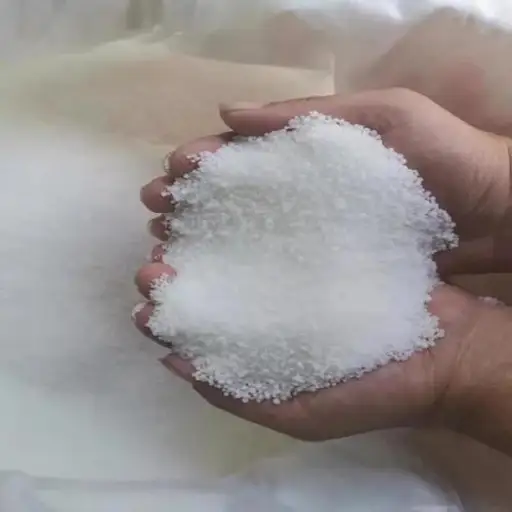
Evaluating the Symptoms on Your Lawn
Determining nitrogen deficiency in your lawn is fundamental for keeping it thriving. Some common symptoms are experienced:
- Color Changes: The most common and earliest appearance is leaves turning yellow, especially older ones. This particular change occurs along the margins, gradually moving inwards.
- Stunted Growth: Affected lawns may demonstrate growth failure or thinning, hence sparse colonies may be seen.
- Poor Root Development: Failure to maintain soil nitrogen levels leads to shallow rooting, which makes the grass more prone to drought and disease.
- Increased Weed Growth: We all know that a lawn deficient in nitrogen will have weeds, which grow together with the grasses.
Knowing these symptoms and fertilizing them accordingly will help you quickly recover from the conditions.
How to rectify Nitrogen Deficiency
To reverse nitrogen shortage deficiency in your lawn, proceed as follows:
- Apply Nitrogen Rich Fertilizer: Apply fertilizer high in nitrogen, usually seen in the first figure of the N-P-K ratio on the sachets. Granular fertilizers can be broadcasted; however, there are more practical applications if a liquid substitute is preferred.
- Apply Organic Input Materials: Provide organic inputs such as humus, manure, or blood meal. These will enrich the soil’s nitrogen content and benefit its structure and properties. These materials release nutrients more slowly but more consistently.
- Thorough Follow-Up: Follow the fertilizer program to avoid other future nitrogen deficits. Nitrogense owing at adequate heights can also relieve the grass from stress and uptake more nutrients.
- Profile/Soil Test: nitrogens’esses inclnitrogens’essesor pH and nutrient levels as very low or high pH levels are detrimental in maximizing nitrogen uptake. Change the soil appropriately to improve nutritional use.
- Proper Watering: Ensure the lawn is washed well enough after fertilization; this is essential in dissolving the nutrients applied in the soil to allow deeper rooting.
Through the correction strategy for nitrogen deficiency, you can maintain and improve the overall condition of the lawn.
Utilization of Compost and Organic Matter as Alternatives
Compost and organic facilities are instrumental in addressing soil health and nitrogen lack on your lawn. Composting, relative to other soil amendments, is helpful because it increases the content of certain minerals in the soil while also improving the soil structure, which means better water-holding capacity, aeration, and drainage. Thus, compost can supply nitrogen, among other minerals, promoting grass growth. It is a good idea to put organic matter on the upper surface of the soil, as this helps organic decomposition, which is essential for nutrient absorption. Furthermore, throughout the growing season, organic sources of plant or animal nutrientwhich are s, more accessible for gardeners to use without the fear of burning the grass from chemicals, can aid complex nutrition. Compost is made available to the lawn, and its nutrients make doing this a very environmentally friendly practice.
Can High Nitrogen Fertilizers Be Used in Organic Gardening?
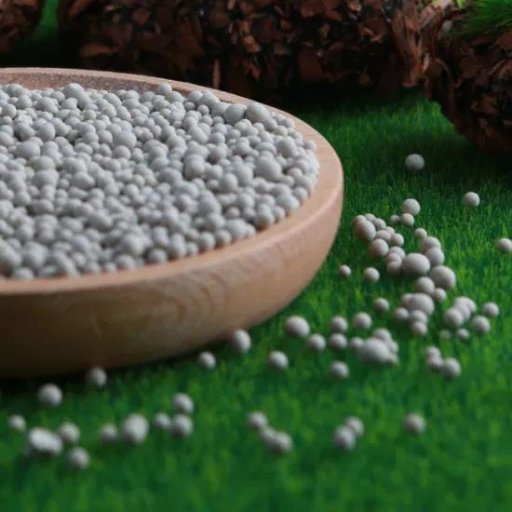
Sources of Organic High Nitrogen Fertilizers
High-nitrogen fertilizers are allowed in organic gardening, but their source of origin has to be natural. These include blood meal, fish emulsion, and alfalfa meal as alternatives to chemical fertilizers, and they integrate well into organic gardening. Scabs provide impressively high nitrogen amounts and constitute an instant energy boost, while fish emulsion is slower in nutrient availability. In addition to providing nitrogen, alfalfa meal enhances soil tilth and active soil microorganisms. It is necessary to note that such fertilizers should be used following their application guidance in any specific garden so there is no adverse garden growth due to excess fertilization.
The Role of Seaweed and Manure in Organic Fertilization
As I have engaged myself in organic gardening, I can say that seaweed and manure are among other practices that help to enrich the soil and grow healthy plants. Seaweeds are rich in micro-nutrients and plant growth hormones that promote the rooting of the plants and resilience. It’s a kind of organIt’sertilizer that encourages the activity of microbes in the soils, enabling plants to assimilate nutrients more easily. As in additioIt’sanure, spadditioIt’sanureed from herbivorous animals, well-decomposed policies provide an appropriate ratio of macronutrients like Elicit nitrogen, phosphorus, and potassium needed for vigorous growth. It can also enhance soil properties in terms of consolidation and moisture availability. All these organic materials help sustain my garden crops and help in organic farming that aims to improve or maintain soil health.
The Nutrient Management of Nitrogen
It has been observed that nitrogen makes plants grow thick-leaved branches. I’ve also realized that other nutrients besides nitrogen are equally crucial for the healthy growth of the plant. In this, phosphorus promotes a betteI’vermation of betteI’vermations, while potassium helps with disease and improves the quality of the fruit. To compensate for my efforts in achieving this, I apply various organic fertilizers such as greens, potassium, and rock phosphate phosphorus. This tactic supports healthy soils and helps alleviate some everyday care issues, for example, allowing exotic leaves to flourish at the expense of flowers and fruits. With the control of soil conditions through amendments and their testing, I can use adequate fertilization targeted at each crop for the optimum growth of a healthy garden.
Reference sources
- Nature Safe: Why Choose High Nitrogen Fertilizers? This source discusses the benefits of using high-nitrogen fertilizers for robust plant growth.
- EOS: Nitrogen Fertilizers: Types, Benefits, And Application Tips – This article provides an overview of nitrogen fertilizers, their types, benefits, and application tips.
- ScienceDirect: Nitrogen Fertilizer – an overview – This source offers a scientific overview of nitrogen fertilizers, including their forms and uses in agriculture.
These sources should help validate the feasibility of using high-nitrogen fertilizers for your readers.
Frequently Asked Questions (FAQs)
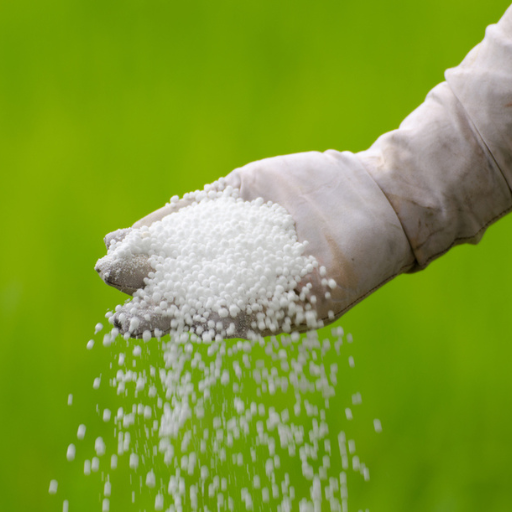
Q: What is high nitrogen fertilizer?
A: A high nitrogen fertilizer is one of the kinds of fertilizers that contain increased amounts of nitrogen, an essential nutrient for the growth of plants. Blood meal fertilizer and feather meal are a few examples.
Q: Why do plants need nitrogen?
A: Plants require nitrogen to make chlorophyll, which allows them to carry out the process of photosynthesis. It also encourages active plant growth and is one of the main constituents of amino acids and proteins.
Q: Organic fertilizer vs Chemical fertilizers, any differences regarding nitrogen components?
A: Organic fertilizers do not contain nitrogen in a high amount and release it slowly. Blood meal fertilizer and feather meal are some of the natural origins. Chemical fertilizers like 28-0-0 high can satisfy the plant’s need for nitrogen quickly, but chances are that such application will not promote healthy soils thereafter.
Q: Are high-nitrogen fertilizers suitable for use in vegetable gardens?
A: Yes, high-nitrogen fertilizers should be good for vegetable gardens, particularly at the early stages of plant growth. N, P, and K need to be mediated for healthy plant growth.
Q: Are there any other sources of nitrogen that can be used in organic cultivation?
A: Natural nitrogen sources include blood meals, feather meals, and composted manure. These sources not only supply nitrogen but also enhance the soil’s physical structure and fertility.
Q: How do I know if my lawn food is high in nitrogen?
A: You can check the NPK ratio on the packaging of the lawn fertilizers. A higherfertsoil’sber indicates more nitrogen content. For instance, a fertilizer labeled 28-0-0 indicates high contents of nitrogen fertilizer Pa.






